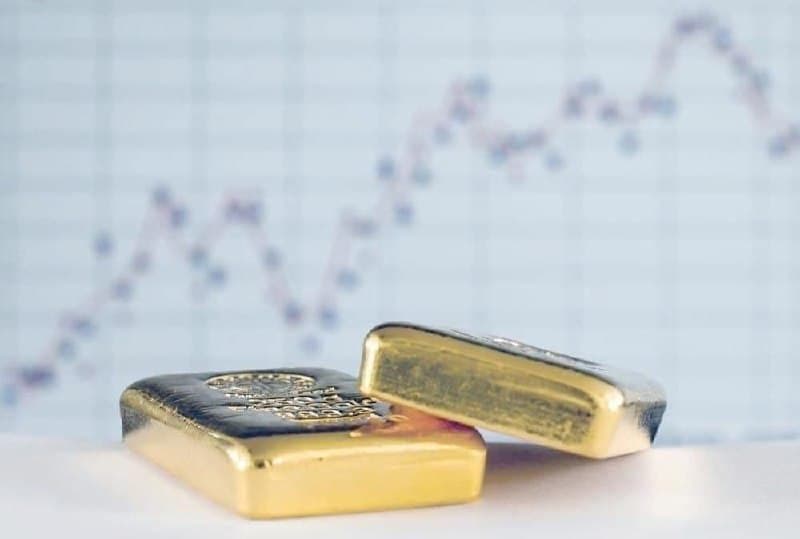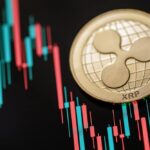In 2024, gold was one of the world’s strongest price performers as it managed a 28.26% rise from $2,045.63 on January 1 to $2,623.82 on December 31.
Still, the rally didn’t prove strong enough to take the commodity to the long-forecasted highs of $3,000, which many, including Bloomberg’s Senior Commodity Strategist Mike McGlone, opined would be achieved before the start of 2025.
By February 11, the high target appeared not only within reach but also inevitable as the precious metal enjoyed a rally that briefly threatened to meet the forecast during the day as the price approached $2,940.
Even with the subsequent correction, gold is, at its press time price of $2,917.97, trading well above its previous all-time high of just over $2,905.
Under the circumstances and with previous tailwinds still at play and with others resurfacing, the yellow metal seems poised to reach $3,000 by the end of the month.
Why Gold is poised to reach $3,000 in February
Specifically, recent data indicates that central banks worldwide – a major driver behind gold’s rally – have not slowed down their buying spree.
Furthermore, the escalating trade war between the U.S. and China and the looming conflict with America’s long-standing allies and partners are likely to force national treasuries to keep seeking the safety of the commodity.
Simultaneously, the Fed’s current policy and the expected upcoming actions could help drive demand even higher. Though it had paused its interest rate cuts, the decisions reached in the second half of 2024 already lowered the opportunity cost of investing in the metal.
Elsewhere, the increasingly concerning inflation data could again force traders to seek to store the value of their assets aggressively. Both factors could also be exacerbated in the near future as President Donald Trump recently publicly endorsed further interest cuts – a move that could bring the opportunity cost even lower and the need even higher.
Finally, the long-standing tailwinds presented by geopolitical tensions remain at play as ordinance is still expended in Ukraine, and the Gaza ceasefire appears to have simply moved the fighting to the occupied West Bank.
Featured image via Shutterstock








